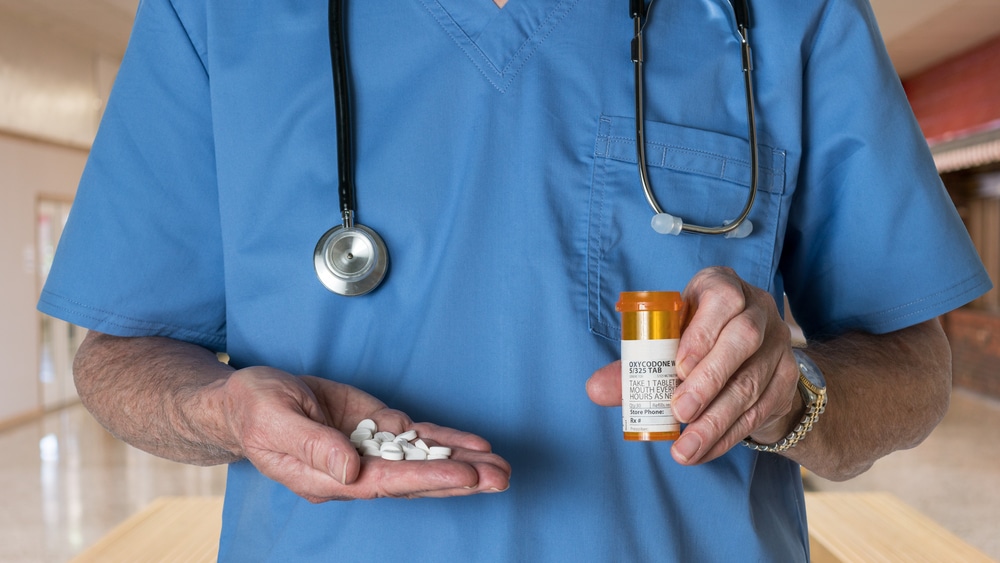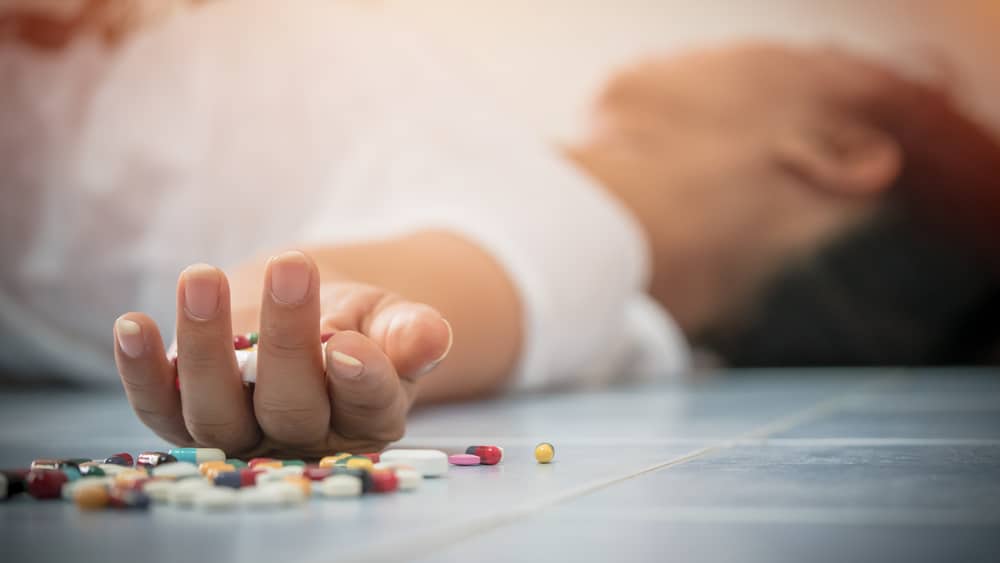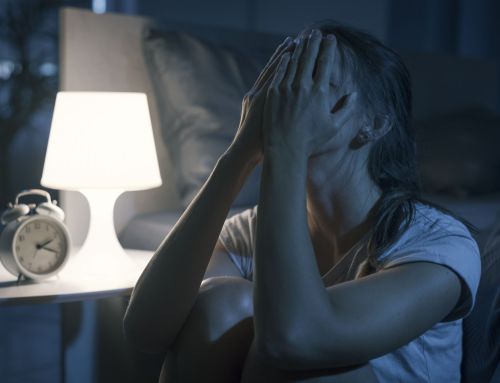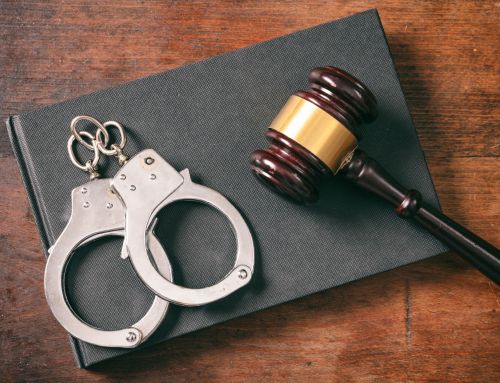
The Opioid Epidemic
The most common drugs related to the opioid epidemic are fentanyl, heroin, oxycodone, and hydrocodone.
Morphine, codeine, methadone, and tramadol are other common opioids.
Both natural and synthetic prescription and illicit drugs have driven the opioid epidemic.
Nearly 450,000 people died from overdoses involving opioids from 1999 to 2018.
Opioids vs. Opiates
Opiates are drugs naturally derived from the seeds of opium poppy plants.
Opioids are either fully synthetic or partially synthetic.
This means that they are created chemically or with both chemical and natural ingredients.
Opioids are classified as any drugs that produce opiate-like effects, encompassing both categories and driving what we call the opioid epidemic.

Opioid Misuse Rates
Many opioids and opiates have valuable medical uses when they are taken appropriately, but they are rarely used the right way. And many of them are highly addictive and dangerous. Their potency and addictive qualities make them easy to abuse.
Their high rates of abuse and addiction have led to alarming numbers of fatal overdoses, medical conditions, and accidents. This is why it is known as the opioid epidemic.
Approximately 10.3 million individuals reported misusing opioids within the last year when surveyed in 2018. There were 9.9 million misused prescription painkillers, 808,000 used heroin, and about 506,000 used both.
In both prescription and illicit drug use, opioid abuse can be hard to monitor and control.
Causes of the Opioid Epidemic
The opioid epidemic has occurred in waves. And the causes of the opioid epidemic have changed accordingly. During the 90s, the opioid epidemic was driven by an increase in prescription opioids.
Overdoses and patterns of physical and mental health problems led to shorter-term and fewer prescriptions. The next wave started in 2010 when we see an alarming and rapid increase in fatal heroin overdoses. Because there are no prescriptions or medical uses for heroin, its use became increasingly difficult to regulate.
The final wave started less than a decade ago in 2013. This wave was driven by synthetic opioids. With this wave, we saw a significant increase in fatal overdoses that involved the synthetic fentanyl. Traces of fentanyl are often found in heroin samples, illicit pills, and cocaine.
Drug dealers may slip fentanyl into their other drugs to keep their costs low and profit high. This practice can be deadly for unsuspecting drug users. There is no singular cause of the opioid epidemic. Each one presents unique dangers and concerns.
Prescription Opioids
Addictions to prescription opioids often start after an accident or injury occurs. These high-level painkillers are often prescribed for moderate to severe or unresponsive pains.
When used the right way, they can ease your pain and create euphoric feelings while you heal. But after a while, you may notice that they are not as effective as they were at the start. T
his usually means that your body is building a tolerance to its effects. As this happens, you will need to take more to achieve the same level of pain relief and other side effects.
You may be driven to take them in larger doses or take them more frequently. You may also begin to experience drug cravings. This is when addiction begins.
Drug cravings and withdrawal symptoms can make it hard for you to stop taking opioids. Increasing doses and graduating to stronger drugs are common. But these activities can compromise your health, altering your thoughts and behaviors along the way.
Our comprehensive addiction treatments can help you end the abusive cycle of addiction.
Side Effects of Opioid Addictions
Like many other drugs, there is a wide range of possible side effects from opioid addiction. These effects can be both physical and psychological.
Many remain the same, regardless of whether they are natural or synthetic, but other factors may alter them. Your method of ingestion, mental health, and the use of additional substances are a few important factors to consider. Some of the most common opioid-related side effects include:
- Nausea
- Constipation
- Itchiness
- Drowsiness
- Confusion and memory loss
- Mood swings, including depressive episodes
- Respiratory depression or slowed breathing
You do not have to live with the side effects of your opioid addiction. Entering an addiction treatment program is the first step in building a healthy, sober life.
Opioids and Mental Illnesses
As is made clear by the side effects listed above, opioids can impair your mental health. Confusion, memory loss, and mood swings are commonly linked to opioid abuse.
Beyond these side effects, other mental health impairments are possible, as well. If you have diagnosed or undiagnosed depression, taking opioids can worsen it. But beginning with opioids can lead to depression because of the way that it alters your brain chemistry.
The link is strong and can connect opioids and mental illnesses in either direction. Dual diagnosis is the term we use for addiction and mental health disorders co-existing.
We offer a specialized program that addresses each of these unique concerns, as well as their connection. Breaking the connection and treating each disorder simultaneously can ensure that one does not remain and worsen the other in time.
Addiction Treatment Options
Each of our addiction treatment programs takes place in our comfortable, safe, and amenity-packed facilities. We are conveniently located for those throughout New Jersey and others looking to distance themselves from Manhattan during their recovery.
Enjoy the highest levels of privacy during your treatment outside of New York City and away from all of the distractions and temptations it holds. For addictions as strong as those to opioids, inpatient care is often preferred.
This type of program often begins with medical detox to ease your withdrawal symptoms and drug cravings. It then continues into 24-hour care.
Each day will be filled with healthy meals, proven therapeutic methods, meetings, support groups, down-time, and holistic remedies. But if you have family or work obligations that require you to stay at home, we offer several other incredible options, too.
Our partial care, outpatient, and extensive outpatient programs allow you to live at home while spending a set number of hours at our facilities each week. We will work with you to determine the program that will best suit your addiction and needs before you begin.

Insurance for Opioid Addiction Treatment
Most major health insurance providers offer some level of coverage for addiction care treatments. If you have health insurance, but are not sure what is covered under your plan, please call our admissions specialist. They will review and verify your insurance for you.
This service is free and will move you past this first step so you can focus on preparing for recovery. If you do not have health insurance, they can also provide you with alternative payment options. Today is the day to choose change.
North Jersey Recovery Center
Addiction is a powerful and chronic disease that builds over time.
You do not have to live this way.
The best way to overcome your opioid addiction is to accept the help, care, and guidance available to you.
Commit yourself to a dedicated long-term approach and put the pieces back together.
Call us today for more information.










